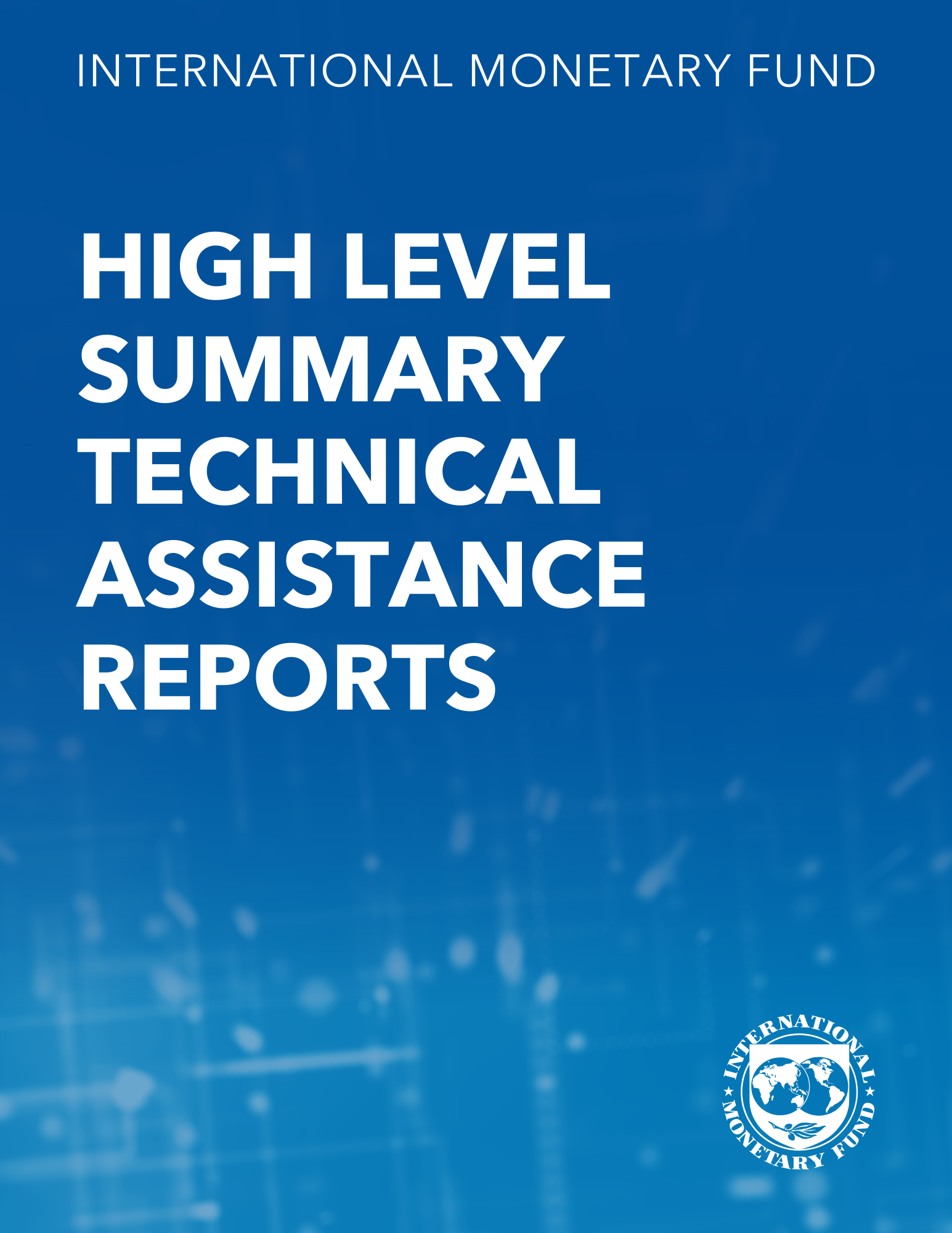Empirical Evidence on the New International Aid Architecture
December 1, 2007
Disclaimer: This Working Paper should not be reported as representing the views of the IMF.The views expressed in this Working Paper are those of the author(s) and do not necessarily represent those of the IMF or IMF policy. Working Papers describe research in progress by the author(s) and are published to elicit comments and to further debate
Summary
We study how 22 donors allocate their bilateral aid among 147 recipient countries over the 1970- 2004 period to investigate whether changes in the international aid architecture?at the international and country level?have led to changes in behavior. We find that after the fall of the Berlin wall, and especially in the late nineties, bilateral aid responds more to economic need and the quality of a recipient country's policy and institutional environment and less to debt, size, and colonial linkages. Importantly, we find that when a country uses a PRSP and passes the HIPC decision point the perverse effect of large bilateral and multilateral debt shares on aid flows is reduced, suggesting less defensive lending. Overall, it appears international aid architecture changes have led to more selectivity in aid allocations. The specific factors causing these changes remain unclear, however. Furthermore, there remain large differences among donors in selectivity that appear to relate to donors' own institutional environments. Together this suggests that further reforms will have to be multifaceted.
Subject: Aid flows, Debt reduction, Debt relief, Foreign aid, Public and publicly-guaranteed external debt
Keywords: country combination, country export, country trade, donor country, recipient country, WP
Pages:
53
Volume:
2007
DOI:
Issue:
277
Series:
Working Paper No. 2007/277
Stock No:
WPIEA2007277
ISBN:
9781451868401
ISSN:
1018-5941





